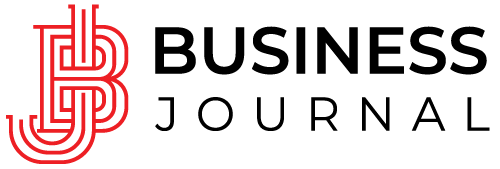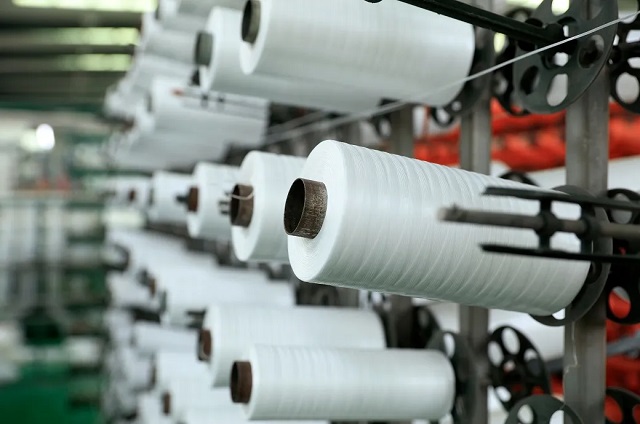The HCOB Eurozone Manufacturing PMI inched up to 49.5 in June from 49.4 in May, reaching a 34-month high. Although the index remained below the neutral 50 mark, the marginal uptick suggests the manufacturing sector’s downturn is easing.
According to S&P Global, production volumes rose for the fourth straight month, driven by stable order books and clearing of backlogs. Notably, new orders stabilised after a prolonged 37-month decline, and export sales showed signs of recovery.
Yet, not all indicators were positive. The PMI Output Index dipped to 50.8 from 51.5 in May, pointing to a slower pace of production growth. Employment continued to decline for the 25th month in a row, and companies further reduced input buying and inventories. Supplier delivery times increased for the first time since January, while purchasing costs fell for the third consecutive month, slightly pulling down output prices.
Country-specific data revealed that Ireland (53.7) and Greece (53.1) led growth, followed by Spain (51.4) and the Netherlands (51.2). Germany showed signs of recovery with a PMI of 49—the highest in nearly three years. In contrast, Austria (47.0), Italy (48.4), and France (48.1) continued to contract.
“There are signs of some stabilisation in the manufacturing sector,” said Cyrus de la Rubia, Chief Economist at Hamburg Commercial Bank (HCOB). “Companies have now expanded production slightly for the fourth month in a row.” He noted that necessary upgrades and replacements may be driving the turnaround.
Rubia also highlighted increased optimism among manufacturers, with sentiment rising to its highest level since February 2022—particularly in Germany and Spain. “If Germany enters the growth zone, which we believe is likely given the new government’s stimulus measures, this could positively impact its key trade partners across the eurozone,” he added.






